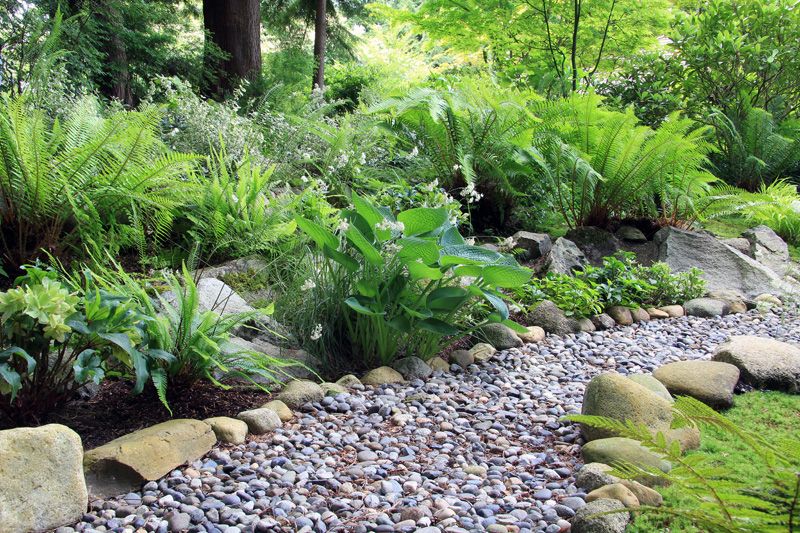
Planting of North American Native Plants
Planting of North American Native Plants
Natural plants are frequently recommended as good garden plants because they are particularly suited to thriving in their native environment. On the other hand, new plants are being developed to have a variety of desirable characteristics, such as disease and insect resistance and clumping growth patterns. Is it really necessary to cultivate native plants? And how can I know what plants are native to my location in the first place?
What Is a Native Plant?
Native plants are those that have developed in the area. Before people began to bring in outside plants to grow and gain, native plants flourished naturally in a region. Native plants adapted to a region’s climatic and cultural circumstances and became a part of the environment.
Advantages of native plants:
- Native plants are also advantageous since they do not require fertilizer and use fewer chemicals than lawns.
- Native plants use less water than lawns and aid in erosion prevention.
- Native plants have the potential to greatly reduce water runoff and, as a result, floods.
- Native plants aid in the reduction of air pollution.
- Native plants offer animals both shelter and food.
- Native plants encourage the richness and preservation of our environmental heritage.
- Native plants are attractive and improve scenic values.
- Milkweed(Asclepias spp.):
- New England Aster (Symphyotrichum novae-angliae):
- Cinderella( Asclepias incarnate):
- Oakleaf Hydrangea(Hydrangea quercifolia):
- Dutchman’s Breeches (Dicentra cucullaria):
- Ostrich Fern (Matteuccia struthiopteris):
- Joe Pye Weed (Eupatorium dubium ‘Baby Joe’):
- Garden Phlox (Phlox paniculata ‘David’):
- Blazing Star (Liatris spicata.):
